6,240 cc SOHC Inline 6-cylinder Engine 100 bhp at 3,100 rpm, 140 bhp with compressor engaged 4-speed Manual Transmission 4-wheel Leaf Spring Suspension 4-wheel Mechanical Drum Brakes *Legendary supercharged Mercedes chassis developed by Ferdinand Porsche *Believed to have been in California all its life *Formerly on display in the Kings of the Road Museum in Rancho Cucamonga *Recently recommissioned Previewing at the Petersen Automotive Museum in Los Angeles, California by appointment. Please contact motors.us@bonhams.com for scheduling. THE MERCEDES 24/100/140 At the end of The Great War, both Daimler and Benz went back to producing cars. Trading conditions in the early 1920s though, were extremely difficult: the War had left Germany's economy in ruins and there was rampant inflation. Of the 86 German car factories operating in 1924, only 19 were in existence three years later. If the two great rivals were to survive, it would have to be in partnership. On 1st July 1926, Daimler and Benz completed their merger, the two companies having paved the way with a technical co-operation agreement in 1924. By this time, Paul Daimler, founder Gottlieb's son and the company's Chief Engineer, had moved to Horch, his place being taken by Professor Ferdinand Porsche Like his predecessor, Porsche was an advocate of forced induction and although he would leave Daimler-Benz in 1928, his legacy was a range of supercharged Mercedes cars that are the stuff of legend. Daimler-Motoren-Gesellschaft had introduced the world's first supercharged production cars, the 6/25/40hp and 10/40/65hp four-cylinder models, at the 1921 Berlin Automobile Show. (The three figures refer to nominal rated horsepower, horsepower un-blown and horsepower with blower engaged respectively). On his arrival early in 1923, Porsche busied himself further developing the blown four and eight-cylinder racers designed by Paul Daimler, and the 15/70/100hp and 24/100/140hp supercharged, six-cylinder production models that would debut at the Berlin Automobile Show in 1924. After the 1926 merger these were reclassified as types 400 and 630. Other motorists quickly learned to fear the screech of the Mercedes compressor as it kicked in, and they became the preferred means of fast transportation for the most wealthy on the planet who added bespoke coachwork by the most exclusive coachbuilders in the world. As a result, it was hard to find a more costly and lavish automobile, and in five years, total production amounted to no more than 572 chassis, all versions included. One of the last examples to be built before the transition/merger, chassis 36010 carries with it a simple unbroken chain of history which starts and ends here in California. As ever, the strength of the Mercedes brand meant that it attracted the wealthiest clientele, and frequently the purchase of one was a reward or a long-aspired goal. It seems likely that this was the case for one of Hollywood's early stars, Emil Jannings, who by then was at the zenith of his success. Theodor Friedrich Emil Janenz, his name was simplified for the stage, was born in Rorschach Switzerland in 1884 and was brought up in Gorlitz Austria. He began his acting career in 1906 and would achieve noted success playing Louis XV in Madame Dubarry in 1919. He also starred in The Last Laugh directed by F.W Murnau, which was much lauded. But, one role which he may well be best remembered for was starring opposite Marlene Dietrich in Der Blaue Engel as an aging professor besotted by young nightclub singer. As a result of this film together with The last Laugh and 1925's Variete he was acclaimed as one of the finest actors in the world. It is perhaps fitting that he was the very first actor to receive an Academy Award, when the ceremonies began in 1929, taking Best Actor for his performances in The Way of All Flesh (1927) and The last Command (1928) – in the earliest years awards were original along the lines of outstanding contributions, and made on t
6,240 cc SOHC Inline 6-cylinder Engine 100 bhp at 3,100 rpm, 140 bhp with compressor engaged 4-speed Manual Transmission 4-wheel Leaf Spring Suspension 4-wheel Mechanical Drum Brakes *Legendary supercharged Mercedes chassis developed by Ferdinand Porsche *Believed to have been in California all its life *Formerly on display in the Kings of the Road Museum in Rancho Cucamonga *Recently recommissioned Previewing at the Petersen Automotive Museum in Los Angeles, California by appointment. Please contact motors.us@bonhams.com for scheduling. THE MERCEDES 24/100/140 At the end of The Great War, both Daimler and Benz went back to producing cars. Trading conditions in the early 1920s though, were extremely difficult: the War had left Germany's economy in ruins and there was rampant inflation. Of the 86 German car factories operating in 1924, only 19 were in existence three years later. If the two great rivals were to survive, it would have to be in partnership. On 1st July 1926, Daimler and Benz completed their merger, the two companies having paved the way with a technical co-operation agreement in 1924. By this time, Paul Daimler, founder Gottlieb's son and the company's Chief Engineer, had moved to Horch, his place being taken by Professor Ferdinand Porsche Like his predecessor, Porsche was an advocate of forced induction and although he would leave Daimler-Benz in 1928, his legacy was a range of supercharged Mercedes cars that are the stuff of legend. Daimler-Motoren-Gesellschaft had introduced the world's first supercharged production cars, the 6/25/40hp and 10/40/65hp four-cylinder models, at the 1921 Berlin Automobile Show. (The three figures refer to nominal rated horsepower, horsepower un-blown and horsepower with blower engaged respectively). On his arrival early in 1923, Porsche busied himself further developing the blown four and eight-cylinder racers designed by Paul Daimler, and the 15/70/100hp and 24/100/140hp supercharged, six-cylinder production models that would debut at the Berlin Automobile Show in 1924. After the 1926 merger these were reclassified as types 400 and 630. Other motorists quickly learned to fear the screech of the Mercedes compressor as it kicked in, and they became the preferred means of fast transportation for the most wealthy on the planet who added bespoke coachwork by the most exclusive coachbuilders in the world. As a result, it was hard to find a more costly and lavish automobile, and in five years, total production amounted to no more than 572 chassis, all versions included. One of the last examples to be built before the transition/merger, chassis 36010 carries with it a simple unbroken chain of history which starts and ends here in California. As ever, the strength of the Mercedes brand meant that it attracted the wealthiest clientele, and frequently the purchase of one was a reward or a long-aspired goal. It seems likely that this was the case for one of Hollywood's early stars, Emil Jannings, who by then was at the zenith of his success. Theodor Friedrich Emil Janenz, his name was simplified for the stage, was born in Rorschach Switzerland in 1884 and was brought up in Gorlitz Austria. He began his acting career in 1906 and would achieve noted success playing Louis XV in Madame Dubarry in 1919. He also starred in The Last Laugh directed by F.W Murnau, which was much lauded. But, one role which he may well be best remembered for was starring opposite Marlene Dietrich in Der Blaue Engel as an aging professor besotted by young nightclub singer. As a result of this film together with The last Laugh and 1925's Variete he was acclaimed as one of the finest actors in the world. It is perhaps fitting that he was the very first actor to receive an Academy Award, when the ceremonies began in 1929, taking Best Actor for his performances in The Way of All Flesh (1927) and The last Command (1928) – in the earliest years awards were original along the lines of outstanding contributions, and made on t
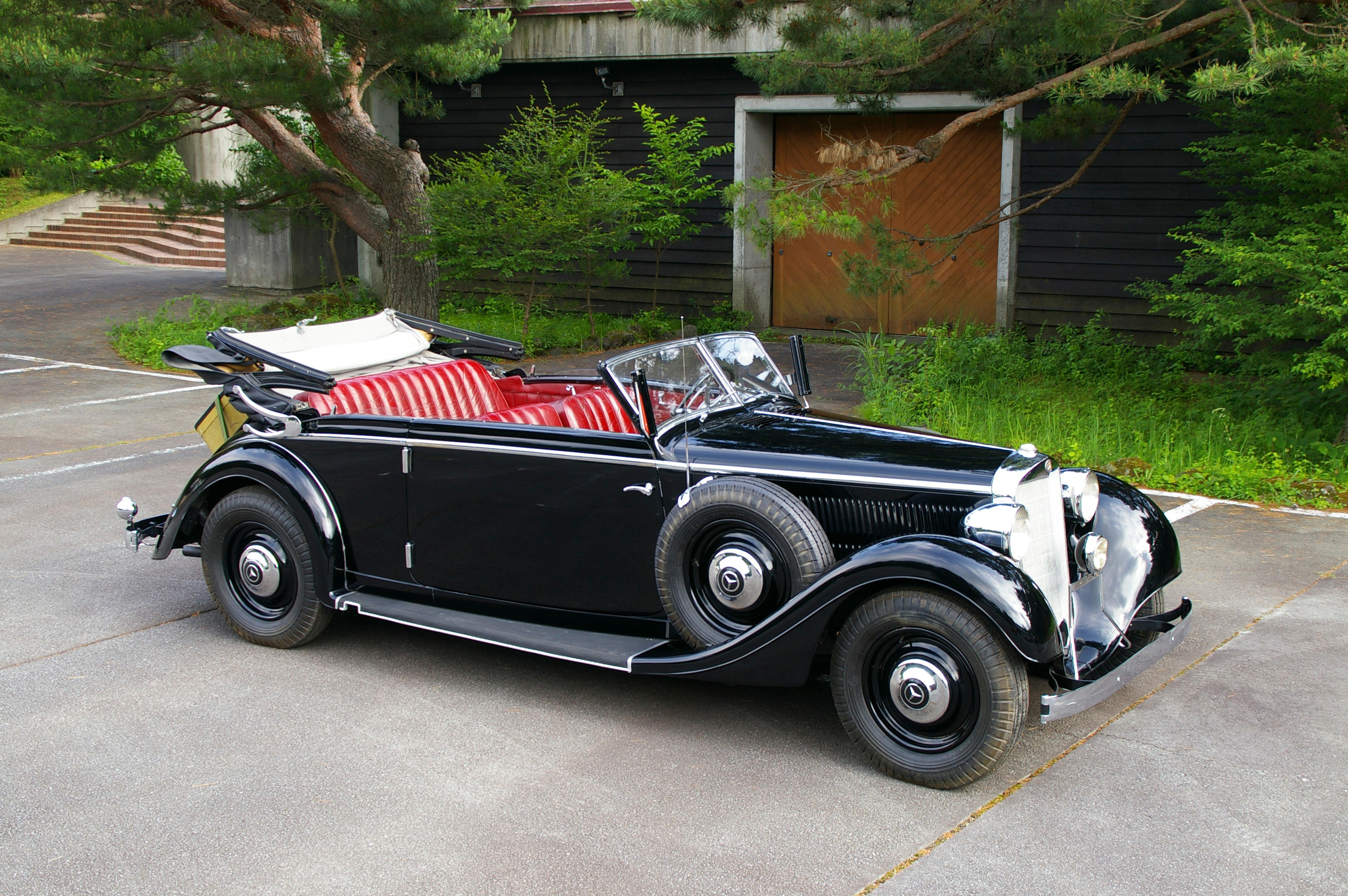

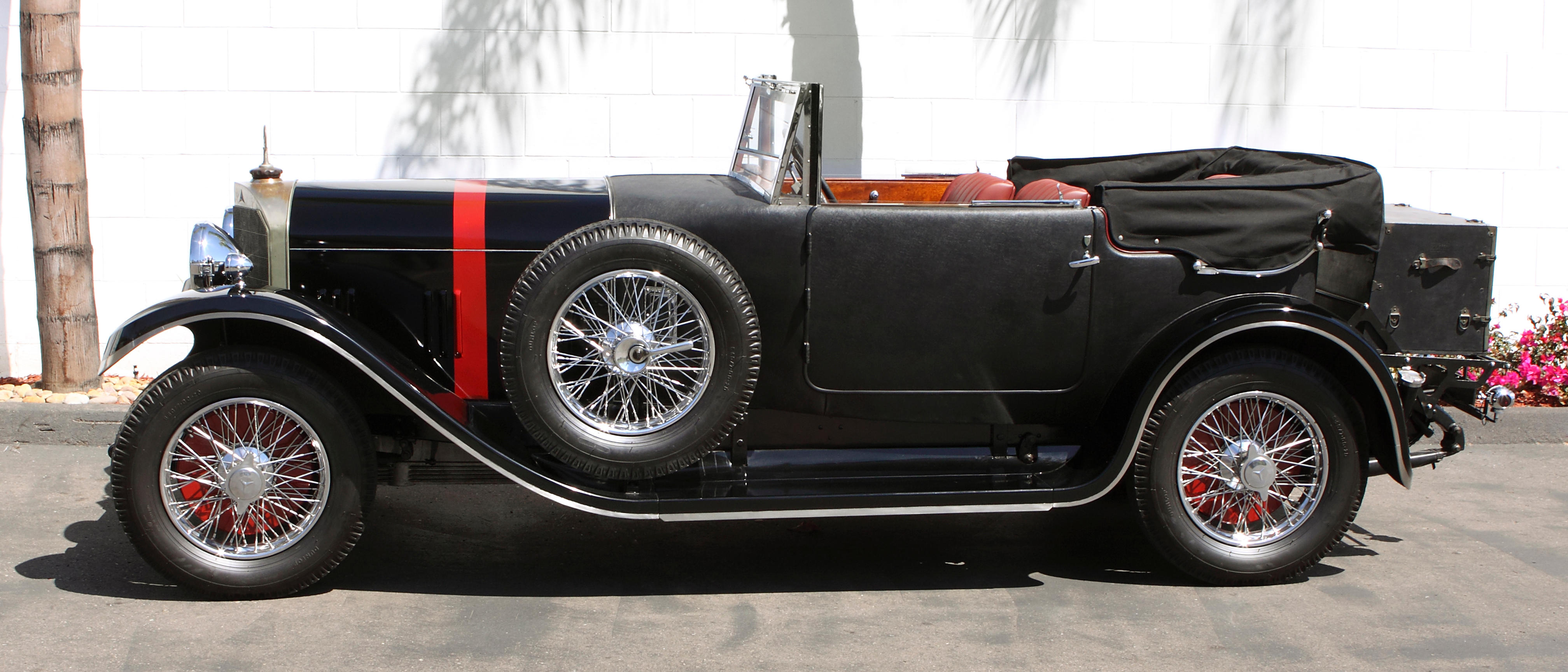
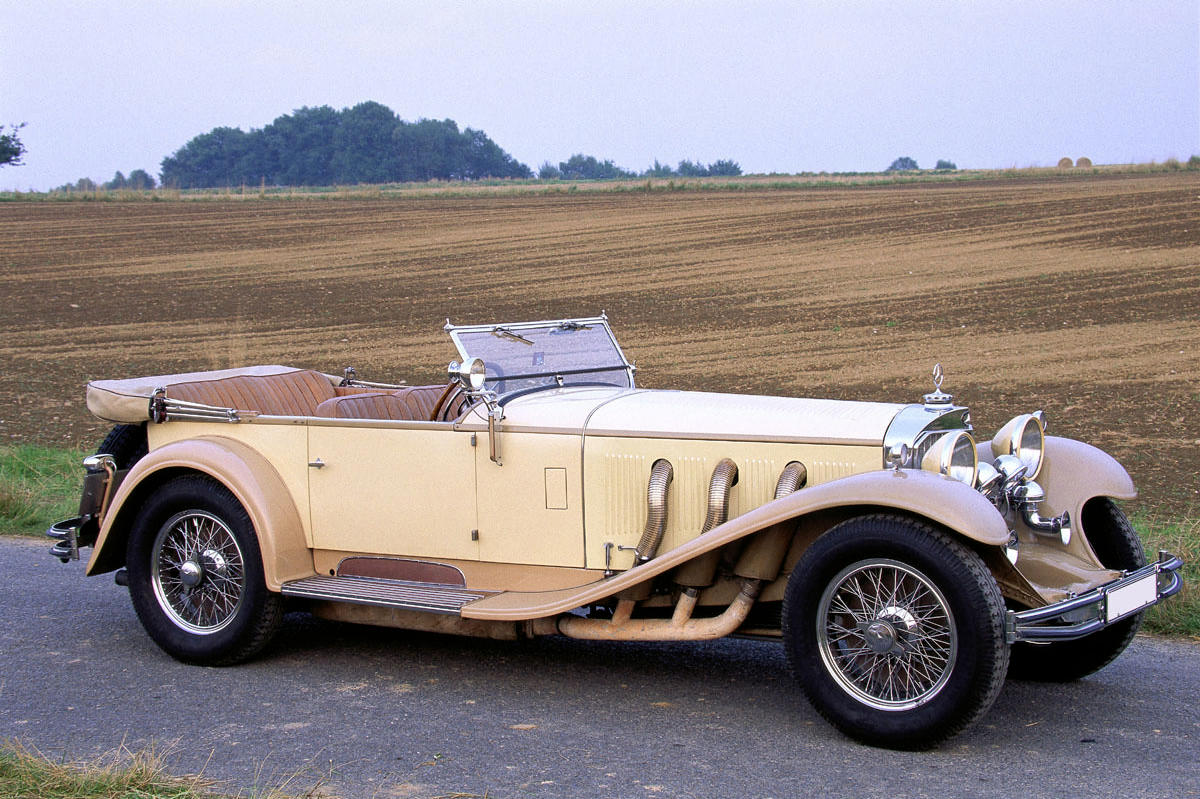
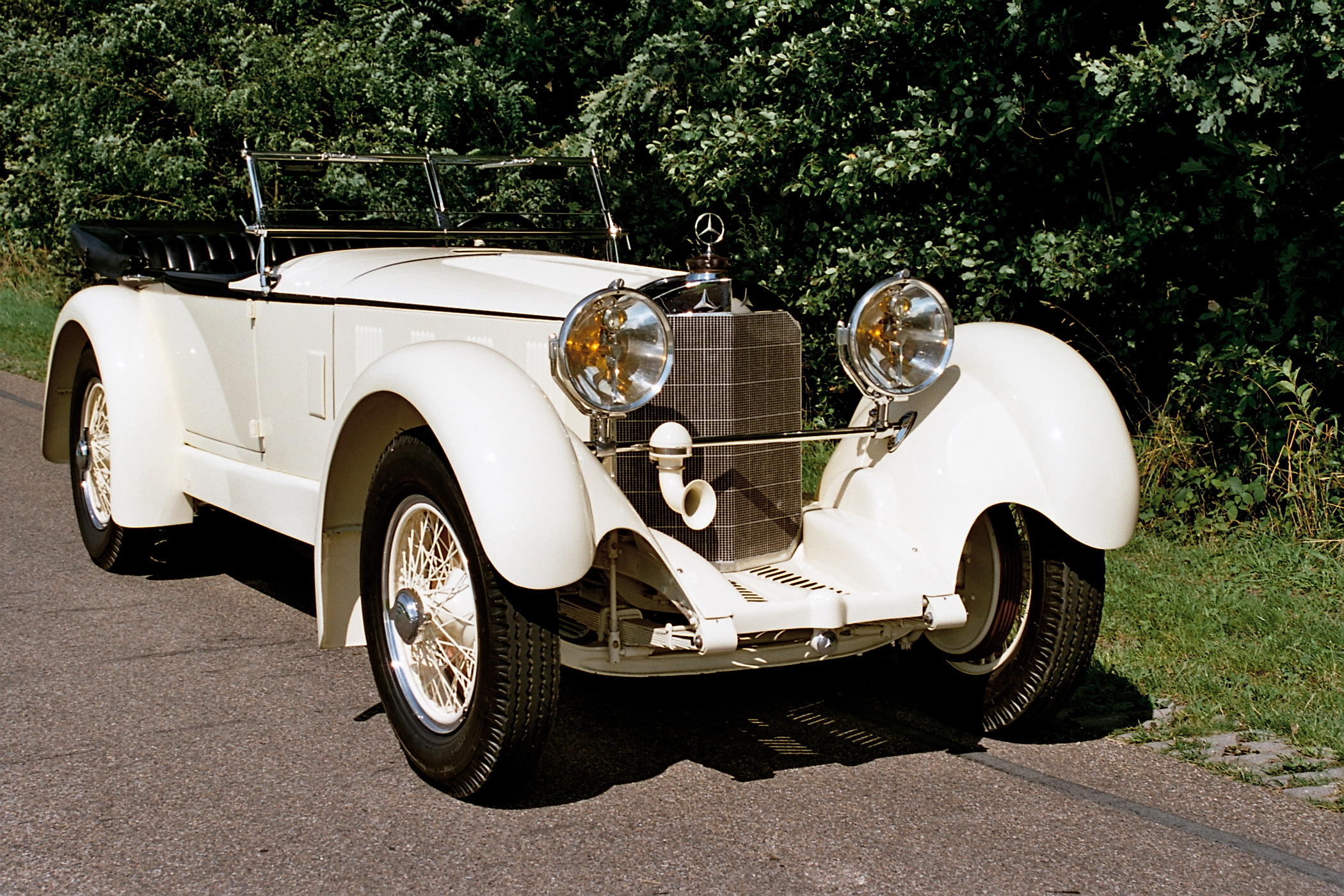
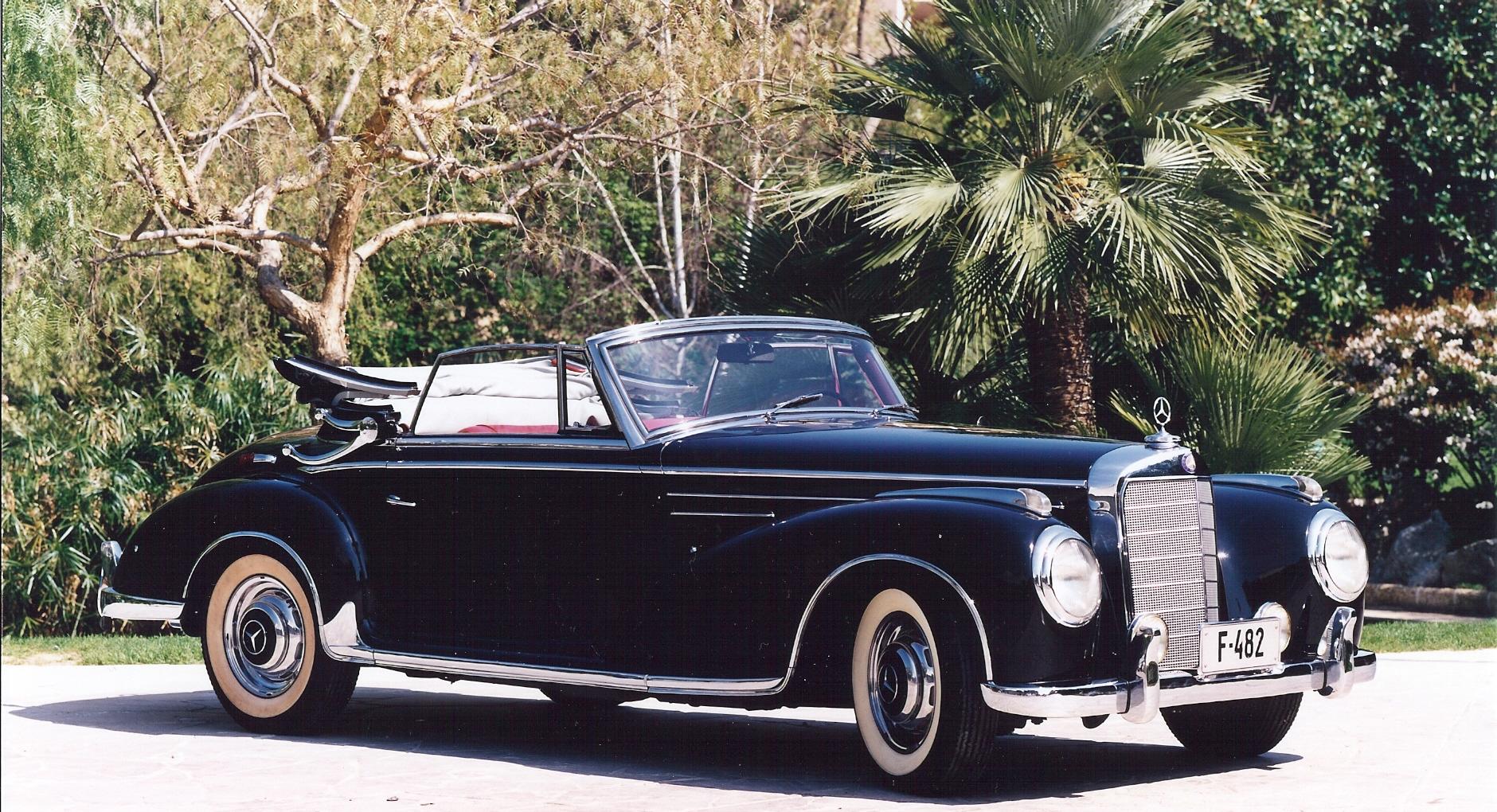




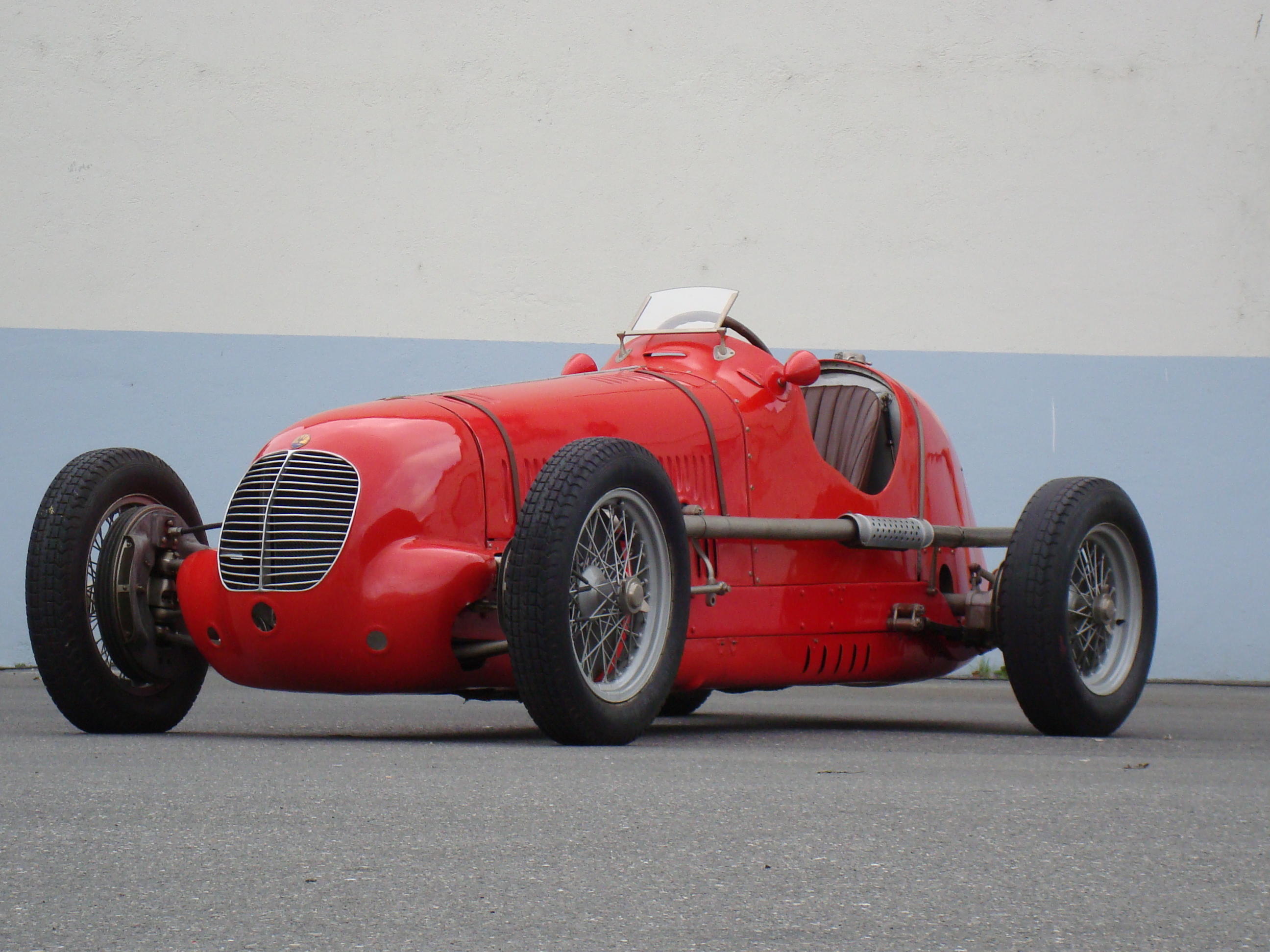
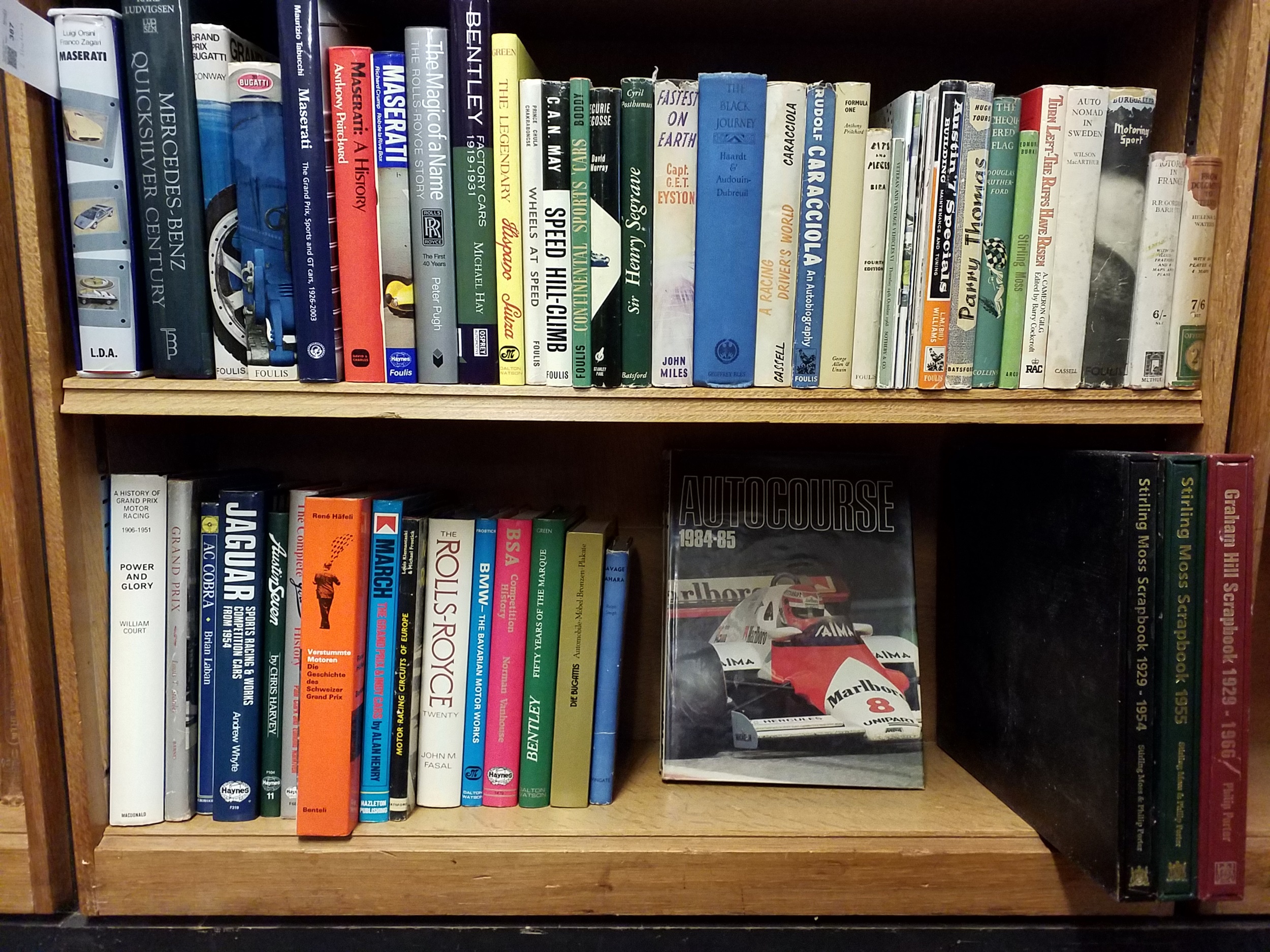
Testen Sie LotSearch und seine Premium-Features 7 Tage - ohne Kosten!
Lassen Sie sich automatisch über neue Objekte in kommenden Auktionen benachrichtigen.
Suchauftrag anlegen